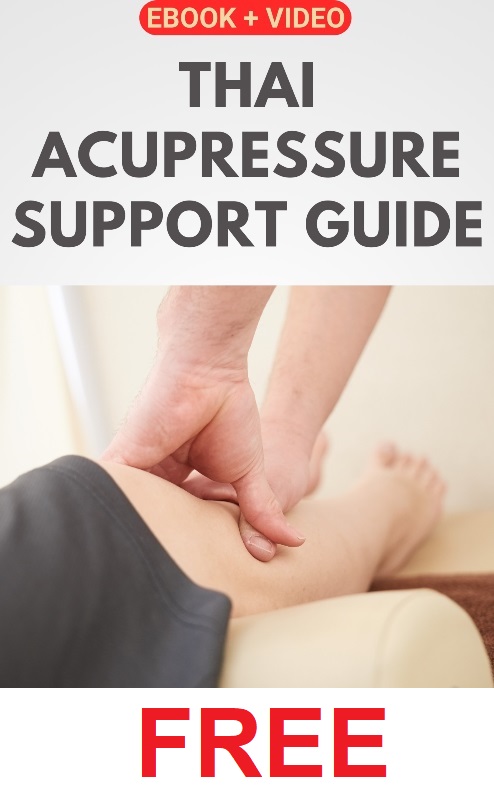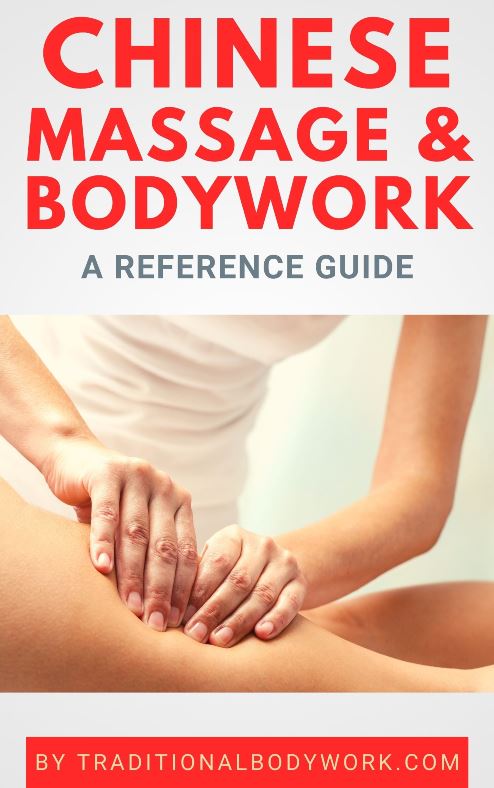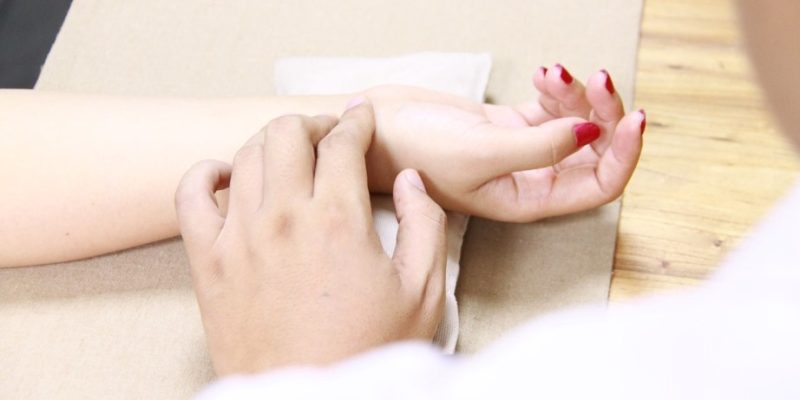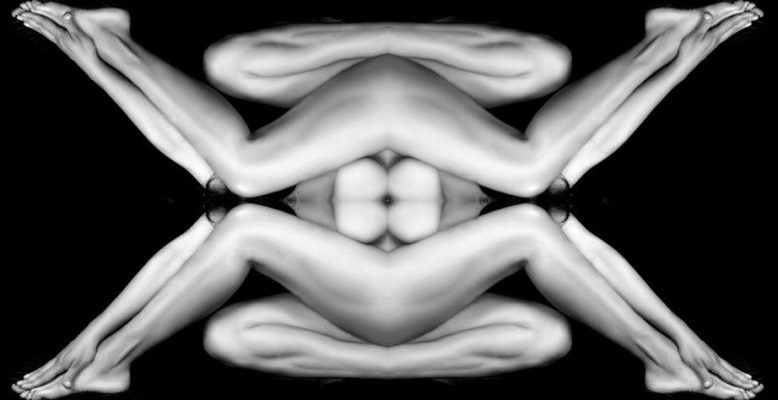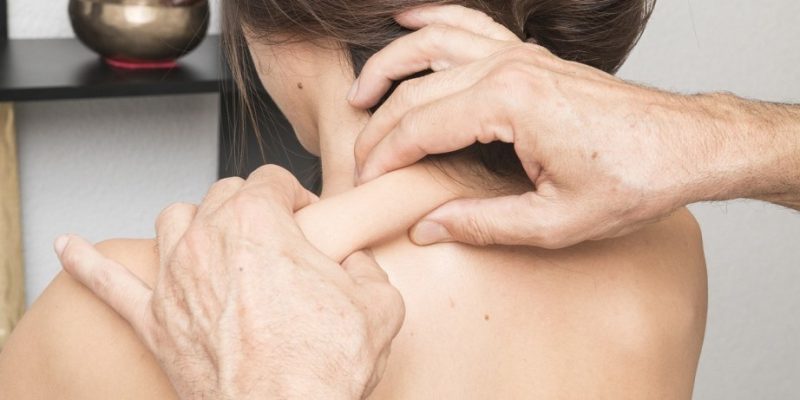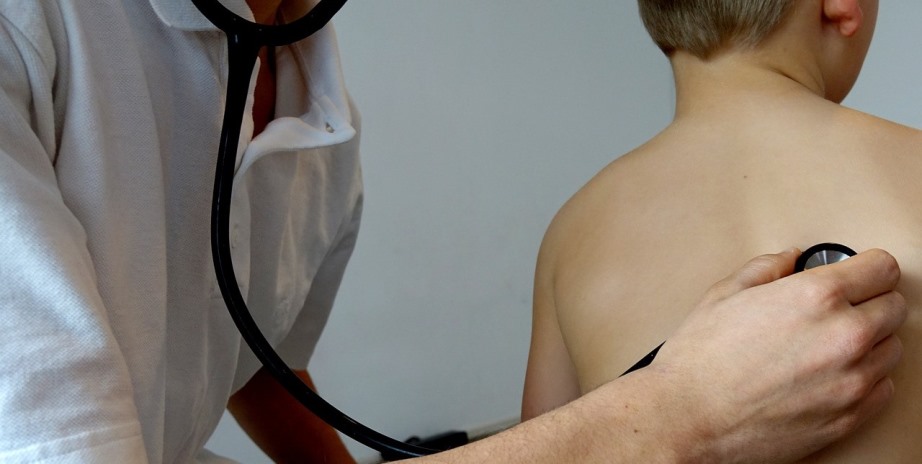
Classical Diagnosis as practiced in modern medicine typically looks at the symptoms a patient has or experiences, and gives that set of symptoms a name.
The name that’s given to the symptom(s) is called a diagnosis. Now, after the symptoms have a name (an identification), most of the time either medication or surgery is prescribed to battle and eliminate the symptoms. And indeed, sometimes that’s the best way to go about.

As a general rule, we could state that modern medicine usually looks at what appears and in a much lesser degree at why things appear. However, in Holistic Diagnosis the therapist or practitioner will look at the what, but moreover, will make a great effort to find out and identify the why of the what.
The reason to the latter approach is to discover the root i.e. underlying cause with the idea of avoiding the same problem to occurring again or expressing itself through other symptoms (which often happens when the primary symptoms are suppressed by medication, for instance).
So, let’s say that the symptoms indicate a bacterial infection (the name of the diagnosis). A physician may prescribe antibiotics and that’s it. And yes, the infection may disappear. Perfect.
But why did this infection come about? That’s often not thoroughly addressed. Of course, one could have had an injury or wound that was not properly attended to that “got infected.” Taking antibiotics may indeed be the simple and proper choice.
But what about the constantly recurring knee infection? We can give antibiotics or other medication, over and over again (which will probably cause nasty side effects in the long term), but why doesn’t the person’s immune system battle the bacterial invaders properly? And what’s the underlying cause of the infection and why does it come back again and again? Did it first start with an inflammation, and why?
Does the client have a history of a weakened immune system? At what point in the past did the knee infections start and can the client remember special occurrences in their lives just before that?

Is the client perhaps overweight and places too much pressure on the knee leading to inflammation of the knee joint and finally infection? Or if the client isn’t overweight, was there a past injury that made this knee painful, less used, and finally weaker than the other knee? Does this knee need massage, strengthening or stretching, and/or does the client need an adapted diet to strengthen the immune system, and so on.
You see, that’s a whole other approach — a holistic approach. It means that Holistic Assessment, followed by Holistic Diagnosis, aims at finding and addressing the root cause of the recurring infection of the knee. Yes, we may treat the symptoms with medication or herbs, but we also try to find out the underlying cause to avoid that the knee infection returns.
In a very general sense, we could say that Holistic Diagnosis aims at structural healing, while Classical Diagnosis tends to aim at suppressing uncomfortable symptoms. It’s not a black and white world though, and Classical Diagnosis may certainly also aim at healing, but I think you get the overall picture of what I’m trying to say here.


